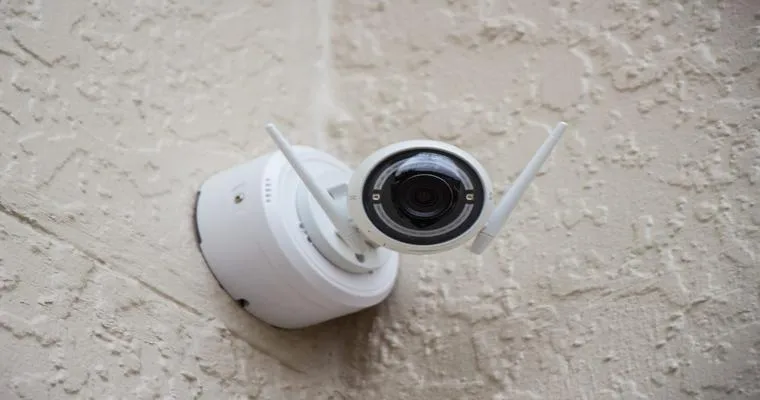Creating a safe environment for a person with "Alzheimer’s" is crucial for their well-being and independence. As the condition progresses, individuals may face challenges such as memory loss, confusion, and difficulty with daily tasks. By implementing strategic modifications to the home, caregivers can significantly reduce risks and enhance safety. This article outlines practical steps to make a home safer for individuals with "Alzheimer’s", ensuring they can navigate their surroundings with greater ease and confidence.
Assessing the Home Environment
The first step in making a home safer for a person with "Alzheimer’s" is to conduct a thorough assessment of the living space. Walk through each room and identify potential hazards. Look for items that could cause trips or falls, such as loose rugs, cluttered pathways, or low furniture. Additionally, consider the layout of furniture and ensure there is ample space for easy movement.
Improve Lighting
Proper "lighting" is essential in a home for someone with "Alzheimer’s". Poorly lit areas can lead to confusion and increase the risk of accidents. Make sure that all rooms are well-lit and consider installing night lights in hallways, bathrooms, and bedrooms. Using bright, natural light during the day can also help improve mood and cognitive function.
Secure Hazardous Items
In homes where a person with "Alzheimer’s" resides, it is important to secure hazardous items to prevent accidents. This includes locking away cleaning supplies, medications, and sharp objects such as knives and scissors. Additionally, consider removing toxic plants and any items that could pose a choking hazard.
Simplify the Living Space
A cluttered environment can be overwhelming for someone with "Alzheimer’s". Simplifying the living space can help reduce confusion and anxiety. Keep only essential items visible and store away non-essential items. Use clear labeling for drawers and cabinets to help the individual locate necessary items easily.
Install Safety Features
Incorporating safety features into the home can provide additional peace of mind. Consider installing grab bars in bathrooms, especially near toilets and showers. Non-slip mats in the bathroom and kitchen can also help prevent falls. If necessary, a medical alert system or wearable device can provide an added layer of safety, allowing for quick assistance in case of an emergency.
Create a Routine
Establishing a daily routine can help provide structure and familiarity for someone with "Alzheimer’s". A predictable schedule can reduce anxiety and make daily tasks easier to manage. Use visual cues, such as calendars or charts, to help the individual remember daily activities and appointments.
Encourage Independence with Caution
While it is important to encourage independence for individuals with "Alzheimer’s", safety should always be prioritized. Allow them to participate in simple tasks, such as meal preparation or gardening, while ensuring that dangerous tools and items are out of reach. Engaging in these activities can provide a sense of purpose and fulfillment.
Communicate and Monitor
Regular communication between caregivers and the person with "Alzheimer’s" is vital in ensuring their safety. Monitor their needs and be attentive to any changes in behavior or cognitive function. Encourage open discussions about feelings and concerns, as this can help identify areas that require additional safety measures.
Conclusion
Making a home safer for a person with "Alzheimer’s" involves a combination of environmental modifications, safety features, and supportive routines. By taking proactive steps to reduce hazards and enhance the living space, caregivers can provide a secure environment that promotes independence and well-being. Remember that each individual is unique, and tailoring safety measures to fit their specific needs will contribute to a better quality of life.





